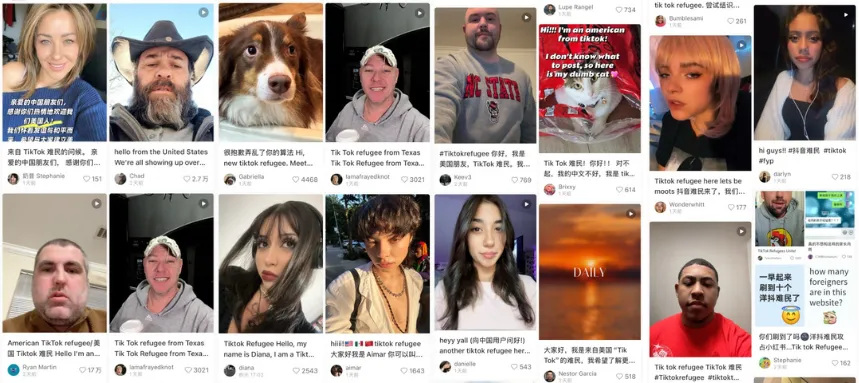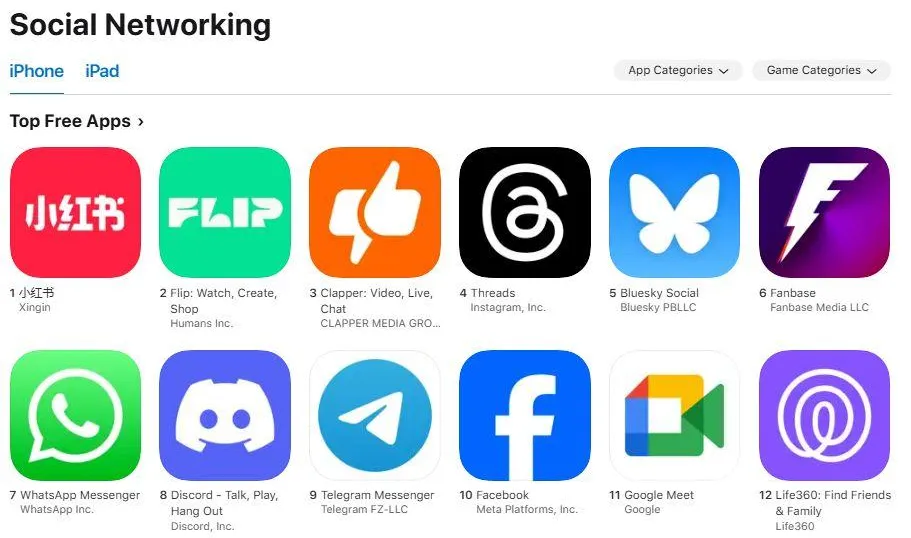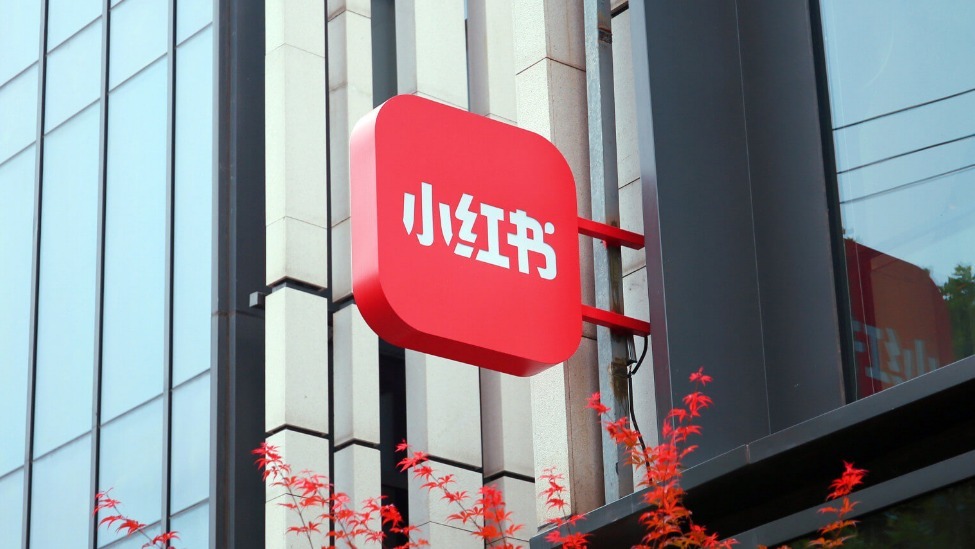In the shadow of the U.S. TikTok ban, an unexpected narrative is emerging: China's social media platform Xiaohongshu (RedNote) has experienced a sudden influx of over 700,000 overseas "TikTok refugees."
This cross-platform migration is more than a mere “online handshake” between Chinese and American netizens; it has transformed Xiaohongshu into a vibrant stage for unique experiences and cultural contrasts.
Yet, beneath the surface of this newfound connection lie critical questions about globalization and localization: How can platforms effectively cater to culturally diverse users? And how can they strike a balance between internationalization and localization?

From TikTok to Xiaohongshu: Two Communities Collide
Xiaohongshu primarily caters to young women, many of whom are proficient in English, fostering a relatively inclusive environment for English-language content. This has made it easier for TikTok users to adapt to the platform. However, their arrival has brought forth a set of new challenges:
- Language and Cultural Gaps: TikTok thrives on diverse, multilingual content, while Xiaohongshu is rooted in Chinese-language "product recommendations."
- Content Preferences: Xiaohongshu users favor detailed product reviews and lifestyle sharing, whereas TikTok users lean toward fast-paced, entertainment-focused short videos.
- Community Management Challenges: The sudden influx of new users requires Xiaohongshu to swiftly adapt its content moderation and community guidelines.
“These new ‘TikTok refugees’ are like party crashers at an afternoon tea gathering,” one Xiaohongshu user quipped in a comment.
The Tug-of-War Between Internationalization and Localization
1. Without Localization: Chaos Amid the Buzz
When platforms fail to implement proper localization strategies, they risk encountering several challenges:
- Communication Barriers: Language differences hinder meaningful interaction.
- Cultural Misunderstandings: Differences in norms and values can lead to frequent misinterpretations, sometimes escalating into conflicts.
- Strain on Community Management: Moderation efforts become more complex as diverse user bases bring varied expectations.
TikTok has faced similar hurdles during its global expansion. The same video can provoke vastly different reactions across cultures—what some viewers find entertaining, others might deem controversial.
2. Deep Localization: Tailored but Restrictive
Effective localization allows platforms to better align with local markets by:
- Enhancing User Experience: Customizing the platform to match local habits and preferences.
- Ensuring Compliance: Adhering to regional laws, thereby minimizing operational risks.
However, deep localization can also come with drawbacks. It risks creating “filter bubbles” that confine users within their cultural echo chambers, limiting exposure to diverse perspectives. This turns the internet’s “global village” into a fragmented collection of isolated islands.
Localization Is More Than Just Translation
Localization goes beyond simply translating text. It involves addressing a range of challenges to make content resonate with target audiences:
- Content Format Differences: Platforms must adjust algorithms to reflect regional preferences. For instance, Western audiences often prioritize humor and storytelling, while some Asian markets lean toward popular music or practical life advice.
- Cultural Sensitivity: Symbols and gestures can have vastly different interpretations across cultures. A meme that’s funny in one country might be offensive in another.
- Legal Compliance: Privacy and data regulations vary widely by region, from GDPR in Europe to U.S. data protection laws and Chinese internet policies.
As one industry expert aptly said, “Localization isn’t just about translating words—it’s about making content feel tailor-made for the market it serves.”

Design Insights from Global Platforms
Global platforms provide valuable lessons on balancing internationalization and localization:
- Facebook’s “Lite” Strategy: Designed for regions with slower internet speeds, Facebook Lite ensures smoother and more accessible user experiences.
- LinkedIn’s Cultural Adaptation: The platform tailors its features to local workplace cultures, such as emphasizing team collaboration in Asia.
- TikTok’s Localized Campaigns: TikTok engages local audiences through region-specific challenges, such as dance trends or festival-themed videos in India.
These examples demonstrate that internationalization and localization are not opposing forces but complementary strategies that, when combined, drive global success.
From “TikTok Refugees” to Industry Takeaways
The influx of “TikTok refugees” offers valuable insights for the translation and localization industry:
- Flexibility Is Key: Localization strategies must adapt to shifting market dynamics and evolving user preferences.
- Cultural Sensitivity Matters: A deep understanding of target cultures is essential to avoid missteps and foster authentic connections.
- Balance Technology and Humanity: While automated tools can boost efficiency, human expertise in interpreting cultural nuances remains indispensable.
Conclusion: The Future of Internationalization Lies in Balance
The “TikTok refugees” phenomenon may appear as an entertaining example of user migration, but it highlights significant challenges in crafting global strategies for social media platforms. Achieving the right balance between localization and a cohesive global vision remains a pivotal task.
For the translation and localization industry, this serves as a timely reminder: language is just the starting point. True success in internationalization lies in integrating culture, compliance, and user experience into the core strategy.
About Giltbridge
With nearly three decades of growth, Giltbridge has remained dedicated to pursuing excellence—constantly refining our service quality and technical expertise to deliver outstanding language, content, and intellectual property solutions. We’re excited to partner with you on your journey to international success, unlocking opportunities and driving innovation along the way.
Contact Center
Whether you need our services or just want to learn more, reach out to our team via email, phone, or social media. We’re eager to work together and explore the boundless possibilities of the global market with you.



-150x150.webp)
-150x150.webp)

